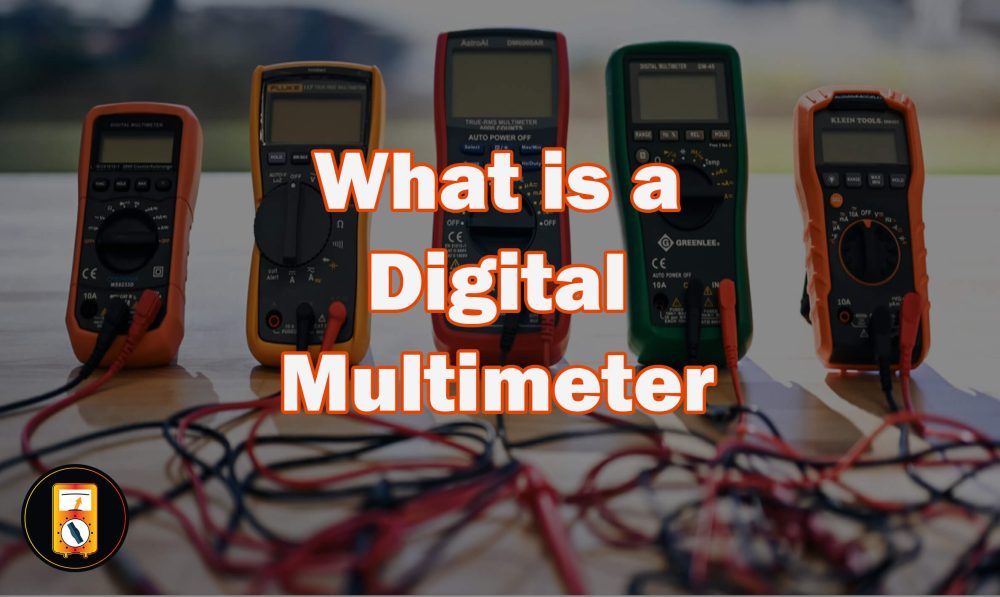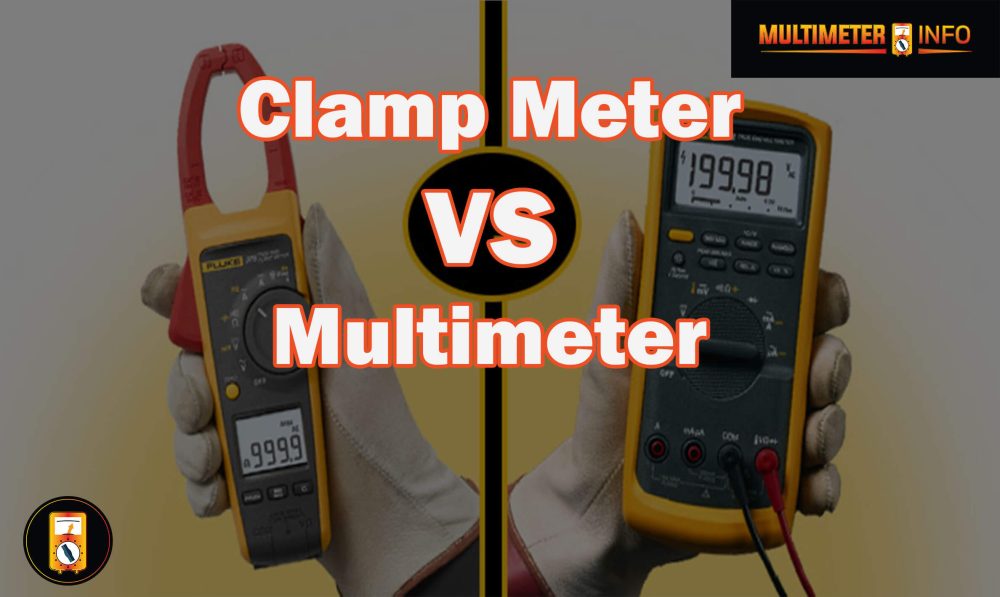A multimeter is a device used to measure electrical values such as voltage, current, and resistance. It is an essential tool for electricians and electronics technicians. Multimeters come in different types, but the most common is the digital multimeter which displays readings on an LCD screen.
One of the things that can be measured using a multimeter is voltage. Voltage refers to the potential difference between two points in an electrical circuit. Connecting the probes of a multimeter to these points can give you an accurate reading of the voltage being supplied or consumed by a device or component.
Another thing that can be measured using a multimeter is the current. Current refers to the flow of electrons in an electrical circuit. To measure current, you need to place the meter in series with the component or circuit being tested.
AC and DC voltage:
Depending on the multimeter, multimeters are typically used to measure AC or DC voltages, ranging from millivolts to thousands of volts.
Resistance:
Resistance measurements are typically performed using a multimeter’s resistance setting. Most digital multimeters have a maximum range of 200K ohms (200 thousand ohms).
Current:
The current measurement capability of a multimeter is usually limited to milliamps or microamps, although some highly specialized models may also be able to measure amps up to 10A.
Continuity:
Continuity tests involve passing an electric current through two points in an electrical circuit and measuring the resistance between them with a multimeter. The continuity test detects an open circuit or a short circuit in the circuit.
Duty Cycle:
A duty cycle measures how often something happens within a given time, usually expressed as a percentage. When measuring duty cycles with a multimeter, you need to be sure that the device you are testing has a regular frequency (cycles per second).
Frequency:
Frequency measurements measure the number of times something occurs over time, typically measured in hertz (Hz) or kilohertz (kHz). Multimeters can measure frequencies from 0 Hz up to 1MHz (1 million hertz), depending on the model.
Temperature:
Most digital multimeters can measure Celsius or Fahrenheit. Many multimeters also come with a probe-style thermometer placed directly on the object you measure to get an accurate reading.
Resistance:
Measuring resistance helps determine whether electrical components such as transistors and resistors work correctly. Low ohm measurements (below 200 ohms) require a specialized multimeter setting called Ohmmeter mode.
Current:
Multimeters can measure AC and DC readings, depending on what type of circuit you’re testing. Most digital multimeters have a maximum current rating of 10A (amps). To measure higher currents, you need an ammeter connected to the circuit being tested by its leads.
Continuity:
This is an essential test for checking the integrity of switches, fuses, and other components with a complete electrical path when functioning correctly. When continuity testing, the multimeter should sound a beep if there is flowing through two points being tested. A high resistance reading means no current passes through them, and they are not connected.
Capacitance:
You need its dedicated “capacitor mode” setting to measure capacitance on a digital multimeter. Measuring capacitors can help you verify whether they are within their rated value or dead/defective.
Diode testing:
Digital multimeters also include a diode test feature which helps determine whether diodes and other semiconductor components are good or bad. It sends a small current through the component, measures the voltage drop, and then displays a reading on the multimeter depending on what it finds.
Frequently Asked Questions:
Yes, a multimeter is capable of measuring both voltage and frequency. Frequency is measured in hertz (Hz), which measures the number of cycles per second. Many multimeters also have an auto-ranging feature that automatically selects the best range for taking measurements.
A diode functions as a one-way valve for electric current, and many digital multimeters allow you to test diodes with their built-in diode test function. To check if your diode is functioning correctly, set the meter to its diode testing setting and attach the probes to each side of the diode. The meter should display a reading of around 0.5 volts if functioning correctly.
Continuity tests check whether an uninterrupted path exists for electric current to flow throughout an entire circuit or between two points. To test continuity, set the multimeter to its continuity setting and attach the probes to each end of the wire under test. If there is a continuous connection between the two points, your multimeter will emit a beeping sound; if no sound is made, the circuit may break.
Yes! Many digital multimeters come with a built-in thermocouple for measuring temperature. To use this feature, attach the thermocouple to the object you wish to measure and change your multimeter’s setting to the temperature setting. Your display will then read out the current temperature of the object.
A diode test checks whether a particular diode or rectifier functions correctly within an electrical circuit. To do so, set your multimeter to its diode testing mode and connect one probe across each end of the component under test; if it passes, you should get a reading on your display that indicates it is working correctly.
Yes! Many digital multimeters come with a capacitor testing mode, allowing you to check the value of capacitors in an electrical circuit. Connect your probes across the two terminals or leads of the component, then select the capacitor setting on your multimeter. The display will show the capacitor’s capacitance value and indicate if it works correctly.
Conclusion:
Finally, a multimeter is essential in any electrician’s toolkit. It can measure voltage, current, resistance, and continuity accurately and quickly. A good quality multimeter can also measure temperature and frequency. Using a multimeter, an electrician can troubleshoot electrical systems efficiently and safely. Understanding how to use this tool effectively can save time and money by identifying faults early on. Therefore, every electrician should invest in a quality multimeter and learn how to use it properly to ensure safe and efficient electrical systems.





